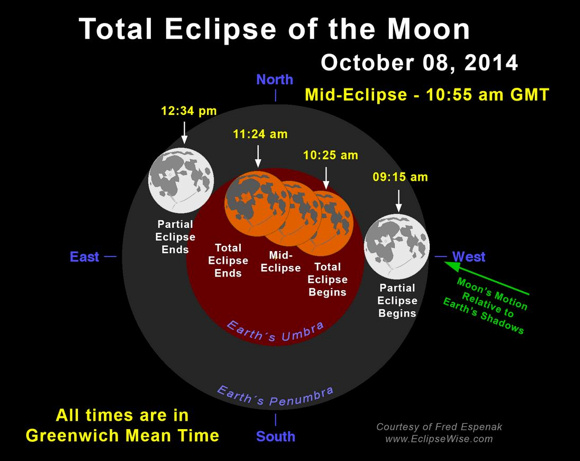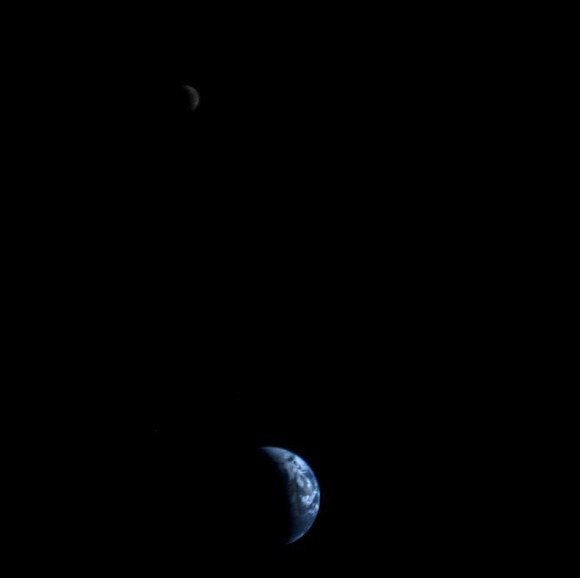I went to bed slightly early last night, but first I set my alarm for 4:45 a.m. Central. As I noted a couple of days ago, I wanted to get up early to observe a total lunar eclipse. As usually happens, I woke up early at 4:15 a.m. Who needs an alarm?
I decided to go ahead and throw on my clothes, grab my purse and smartphone and take the van to Dillons to fill it up. While I drove west (one mile) and north (two miles), I noted that the full moon was already missing a good chunk in the upper left-hand quadrant. After filling up the van, I continued west on Eisenhower Road, crossing Tonganoxie Road and heading up over the ridge. I crossed over 187th street, leaving the paved roads behind and continued until I was forced to turn left at 195th street, just south of an electrical substation (talk about light pollution out in the middle of no where). Continue reading “Observing the Blood Moon Eclipse”




